Fiesta in Independencia, Part 2 of 2
We had been invited to Independencia’s town festival by the Castellón family — the first part of the account of our weekend can be found here.
After a restless night, Jürgen and I were back in the main plaza at 7am of Saturday, July 16th, watching cholitas in glittering dresses and politely declining offers of cerveza from marching band members who clearly hadn’t stopped imbibing all night. The party had never paused — of this, I’m sure. I had laid in bed, eyes wide open, listening to it rage the entire night.
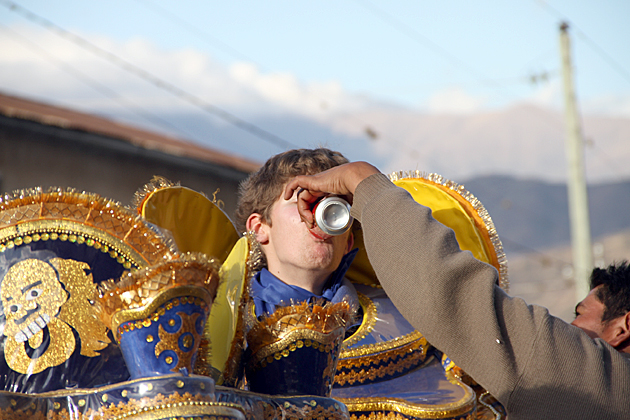
The festival is held in honor of the Virgen de Carmen, whose saint day falls on the 16th. Finding ourselves with an hour to kill before the virgin’s procession, we walked to the outskirts of town where we encountered a group of people and a couple cows. They were making ambrosia: whiskey, sugar and ultra-fresh milk straight from the nipple. I asked for a bowl. It was sweet, warm and delicious, but when the cow starting spraying feces all over the place, I lost my appetite and we bid a quick goodbye.
We grabbed a spot on the steps outside Independencia’s strange and unfortunately modern church to listen to mass and watch the procession of the virgin. Women were dressed in colorful shawls and men were setting off fireworks, while their idol was carried around the town’s streets. It was starkly reminiscent of processions in Spain, where we have our permanent residence. The next day, bulls were set loose in the town square, cementing the similarity to Spanish festivals. Of course, Spain has had a huge influence on Bolivian history, but we’d never seen it so fiercely exhibited as in Independencia. Even the costumes worn by the dancers were evocative of Spaniards, with conquistador helmets and weapons.
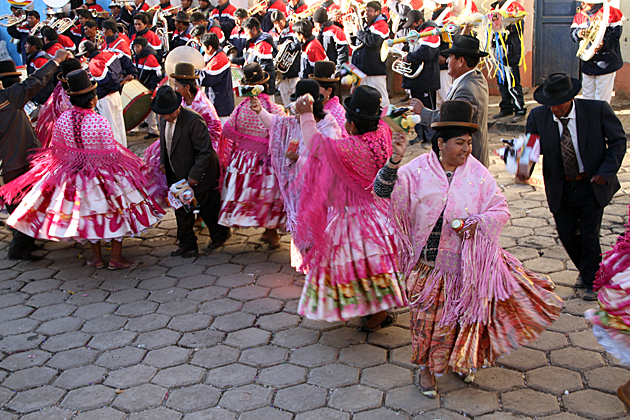
After the Virgin had made her rounds about the town, the parades and dancing resumed. We found a good spot from which to watch, while Enrique described the various outfits and dances. There was the diablada, a lively dance originally from Oruro notable for its quick pace and bouncing devils. My favorite group was doing the tinku, a dance which pantomimes the real fist fights also known as Tinkus: a bizarre tradition in some villages of the Altiplano. Rival tribes confront each other during these gatherings, get drunk and beat the crap out of each other, occasionally to death.
Around 8pm on the festival’s second day, the parades came to a halt, but the partying didn’t. People just headed out to dance in chicherías around the town. Upon stepping into one of the halls, we were accosted by locals bearing buckets of chicha. This fermented corn drink plays havoc with my stomach and, given the seven-hour bus ride we had booked the next morning, I tried to avoid it. But there was no escape. These guys wouldn’t take “no” for an answer. After about seven bowls, I resorted to running away when I saw Chicha Bucket Guy make his unsteady way towards me.
But the chichería was a blast. I learned some basic dance moves and joined a group of people who kept dragging me back into the circle every time I tried to sneak away. But the bus ride the next day was as awful as I had feared. Seven hours of queasy, mountain-road hell, surrounded by very hungover people. But the ordeal worth it. The festival in Independencia is something neither Jürgen nor I will forget in a very long time.
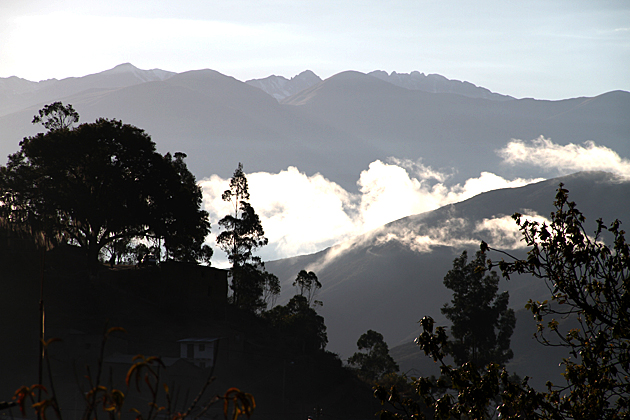
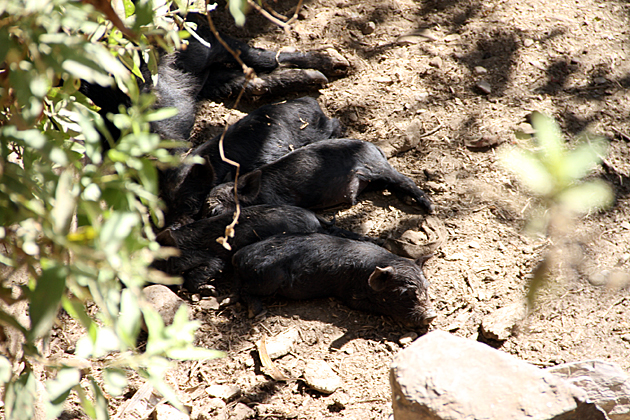
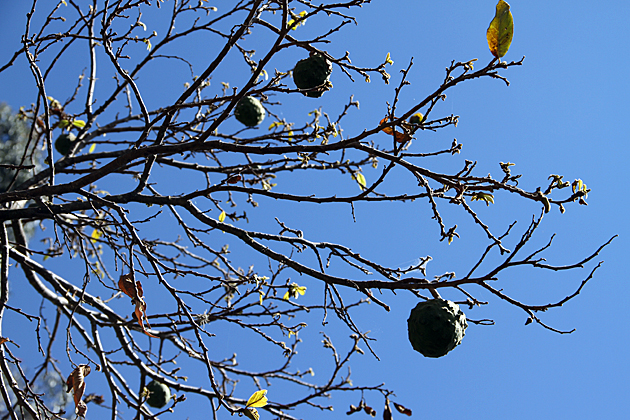
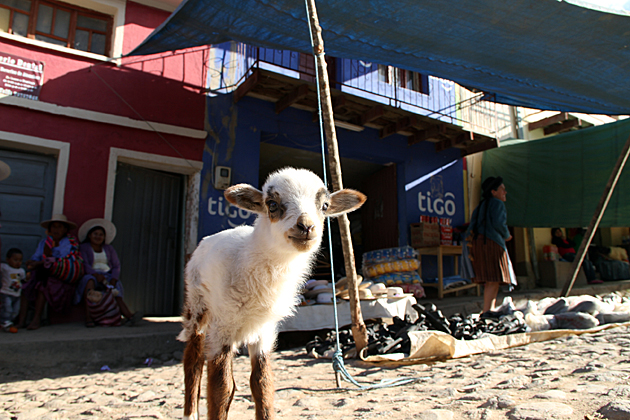
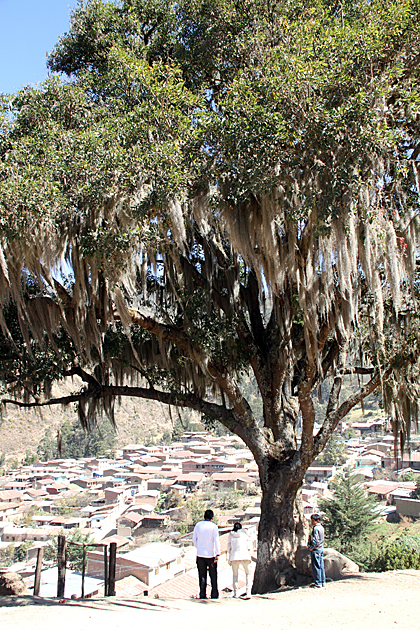
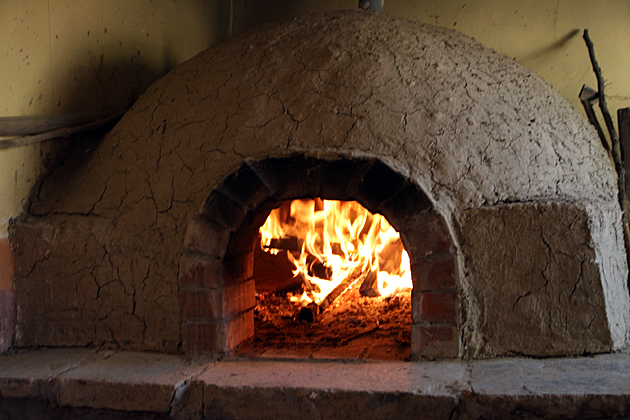
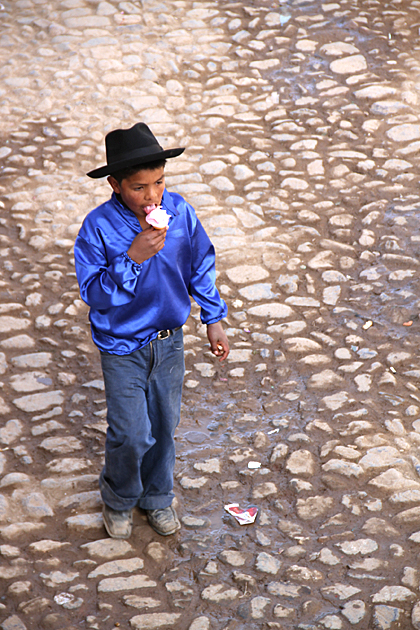

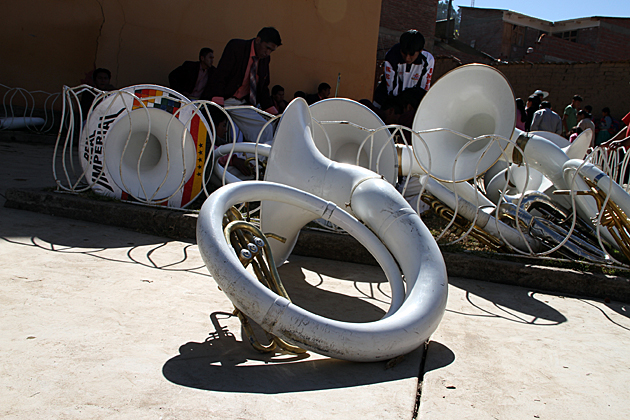
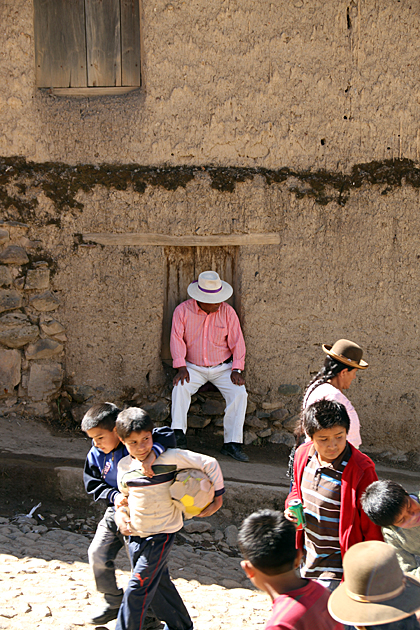
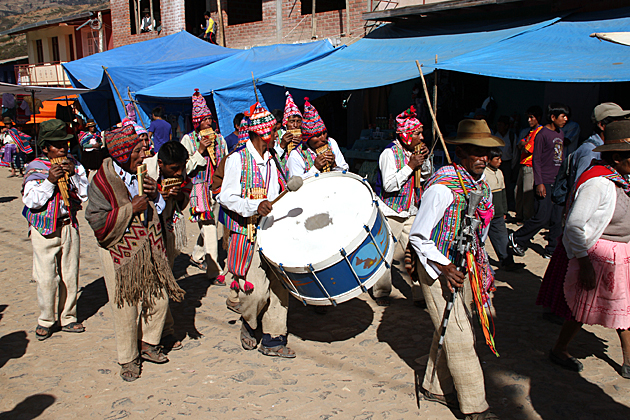
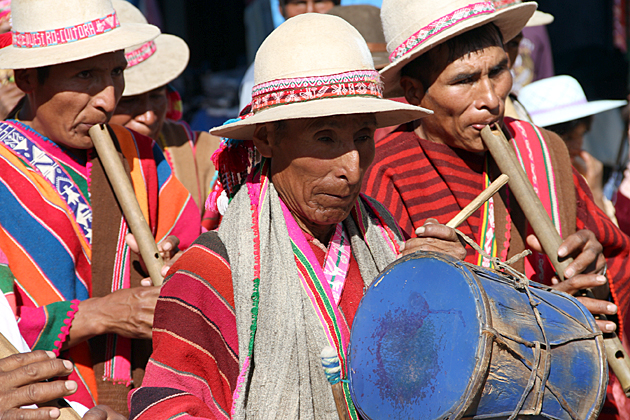
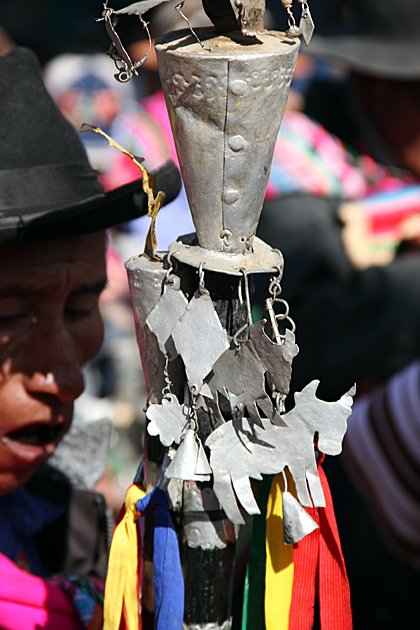
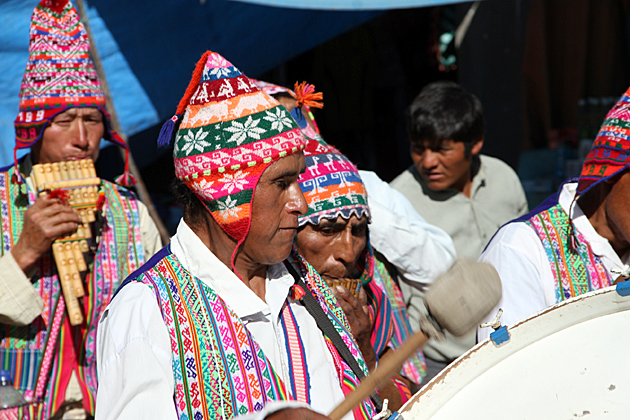
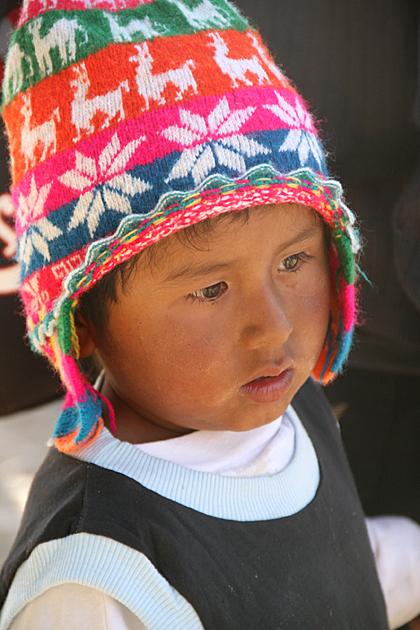
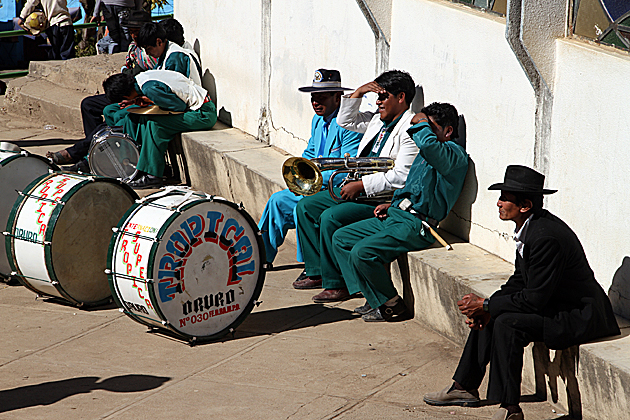
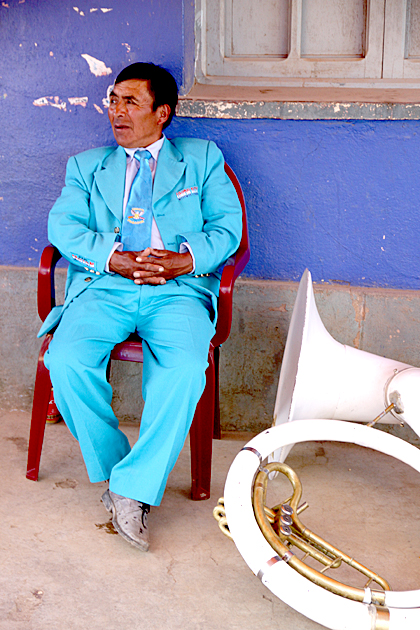
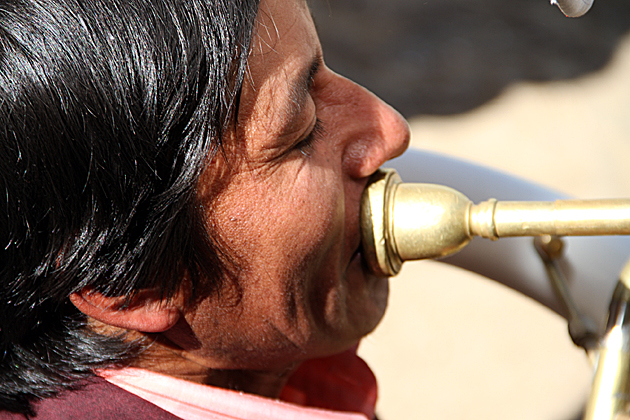
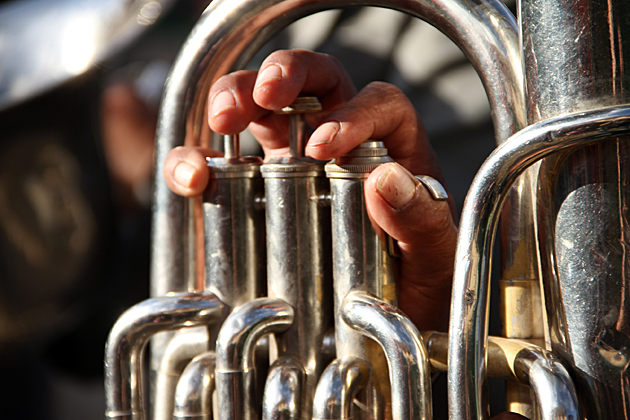
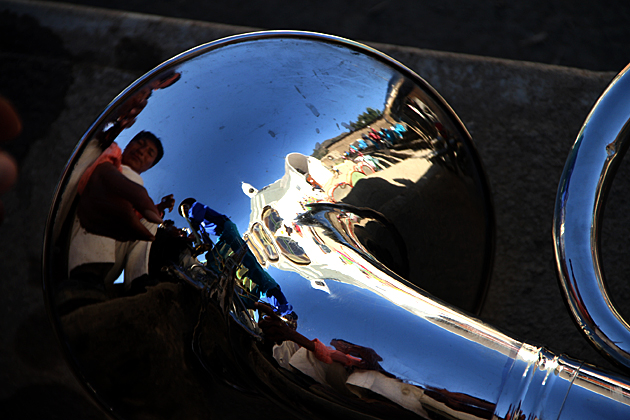
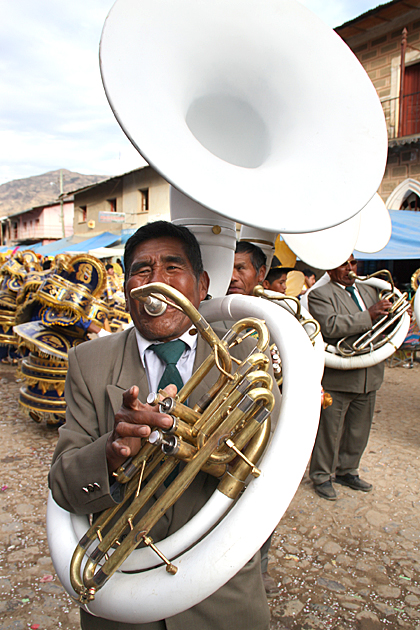
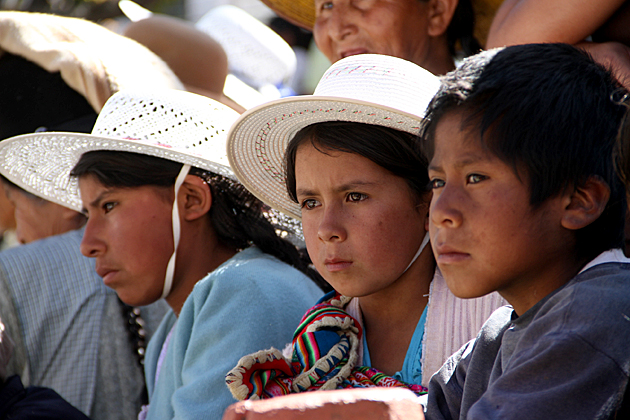

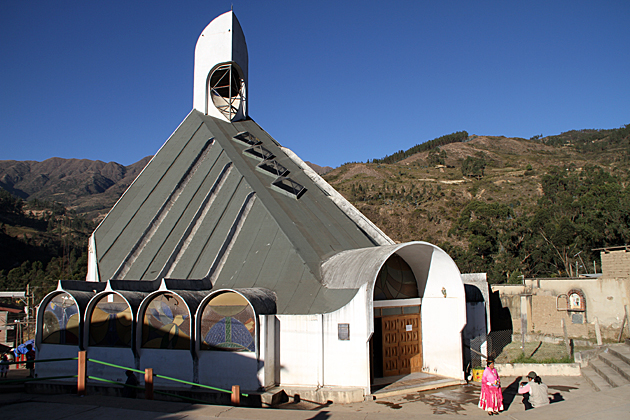
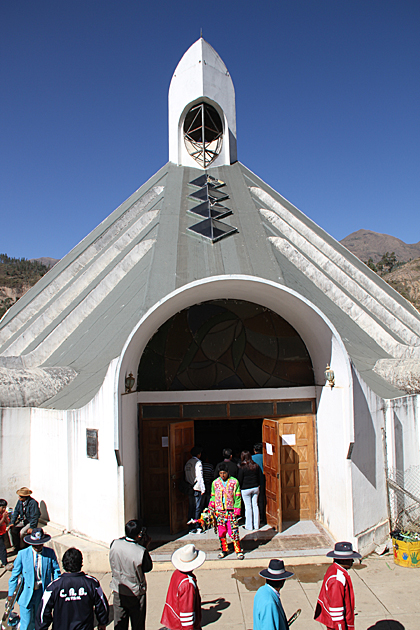
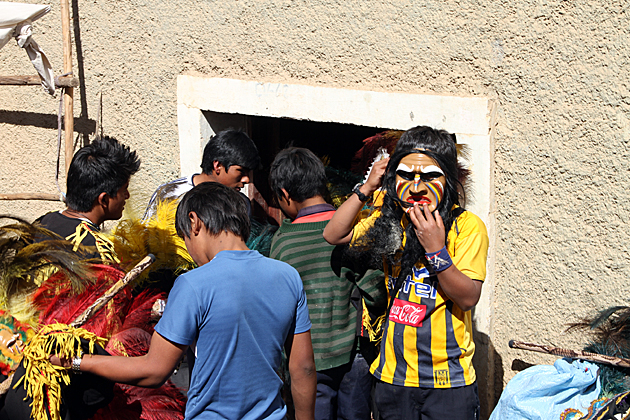

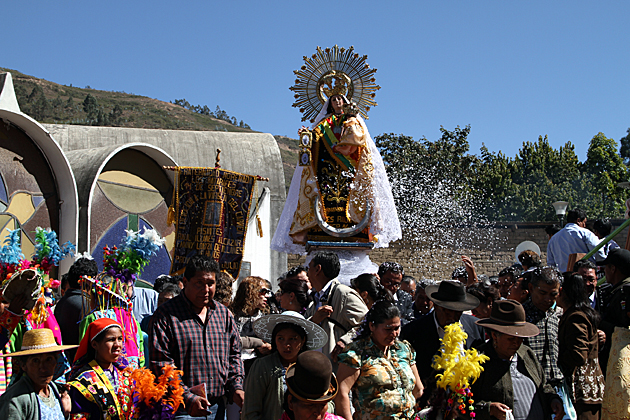
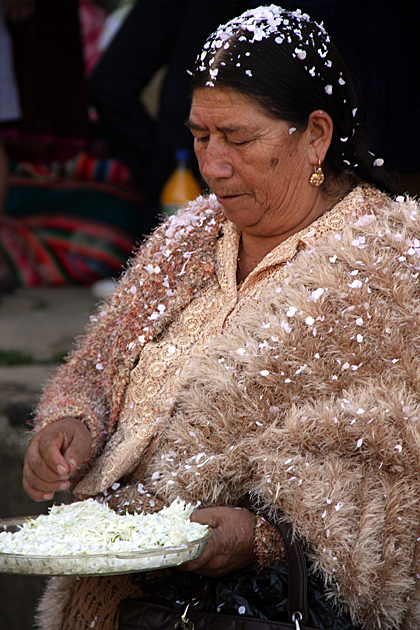
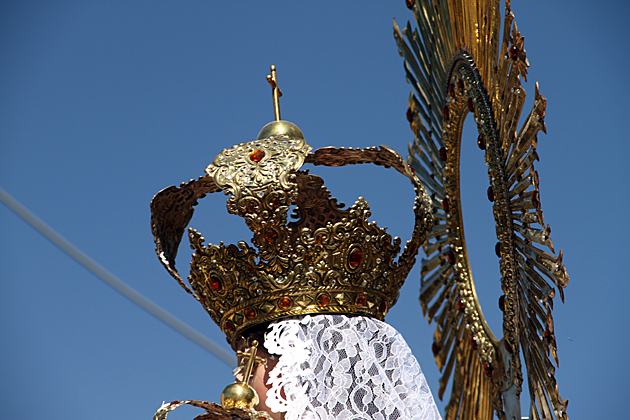
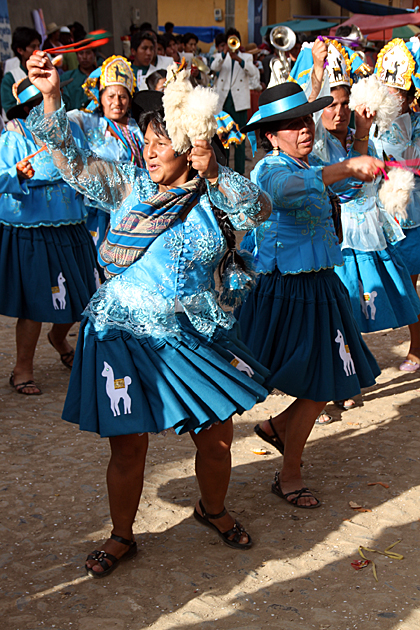
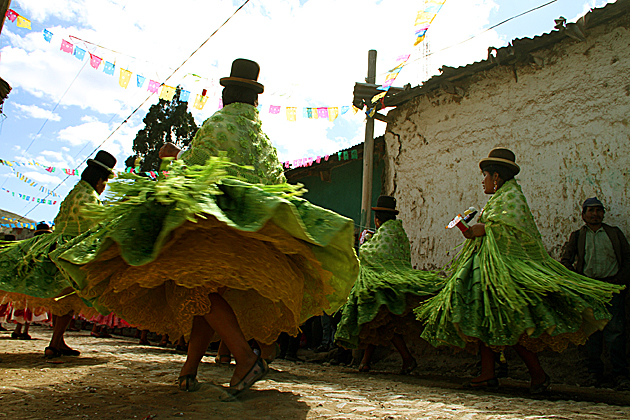
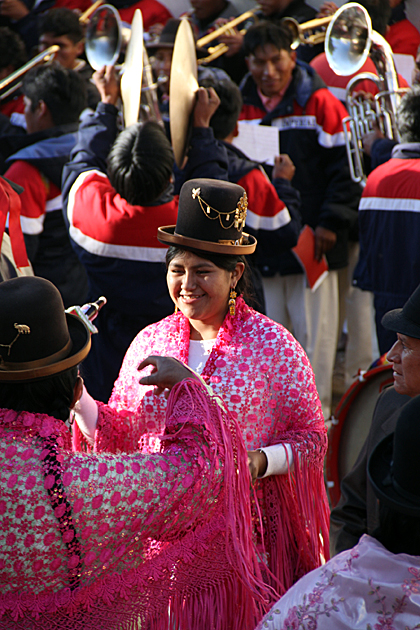
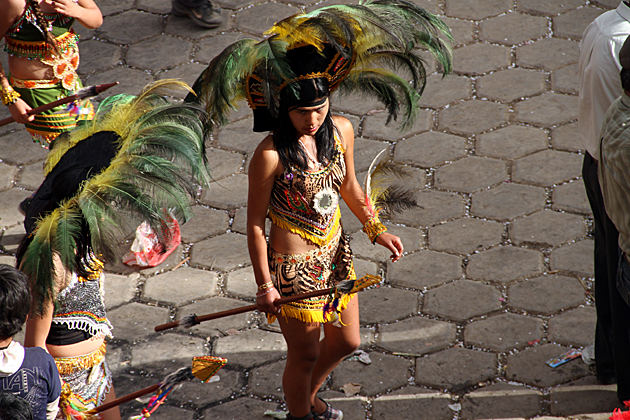
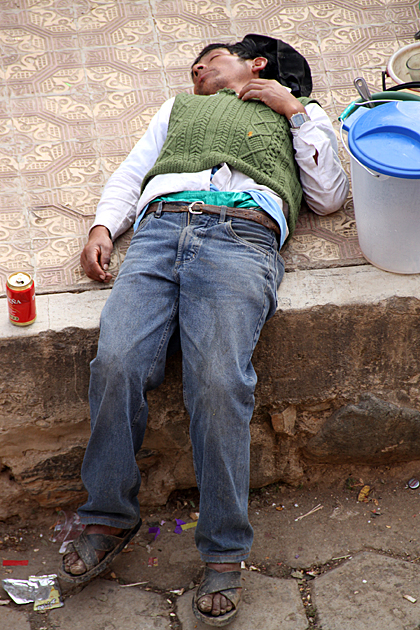
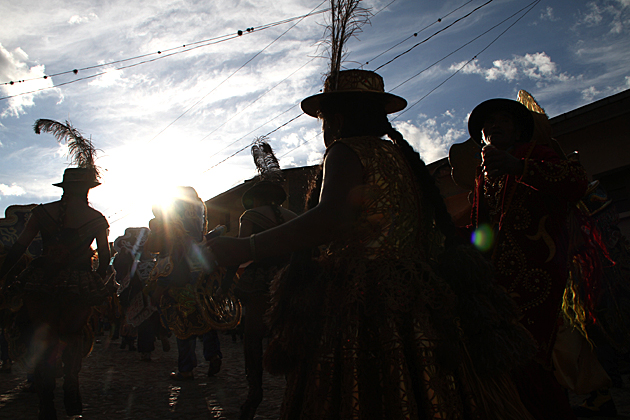
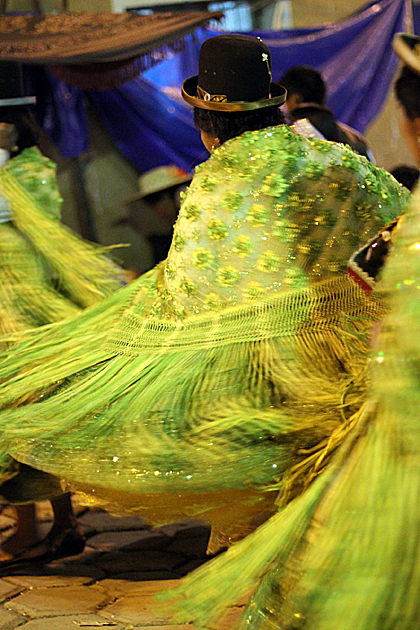
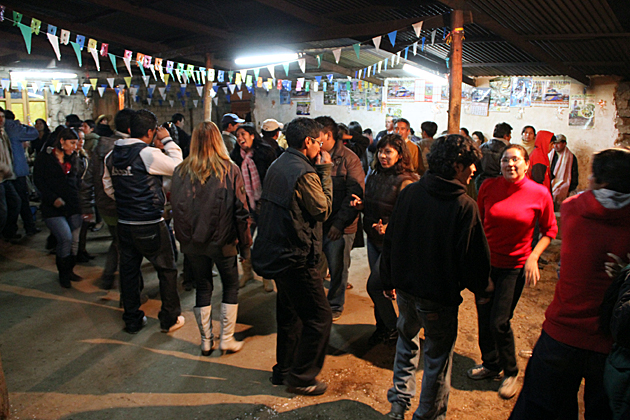
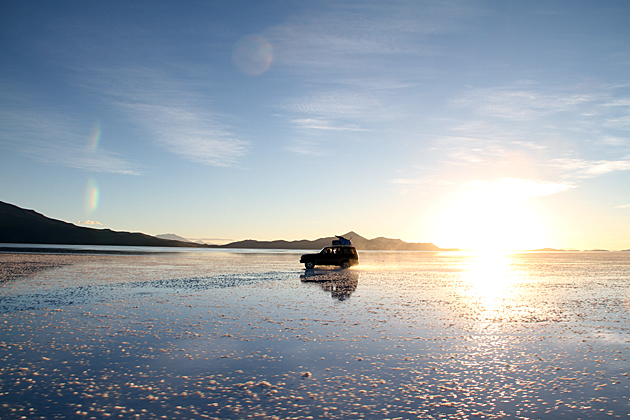
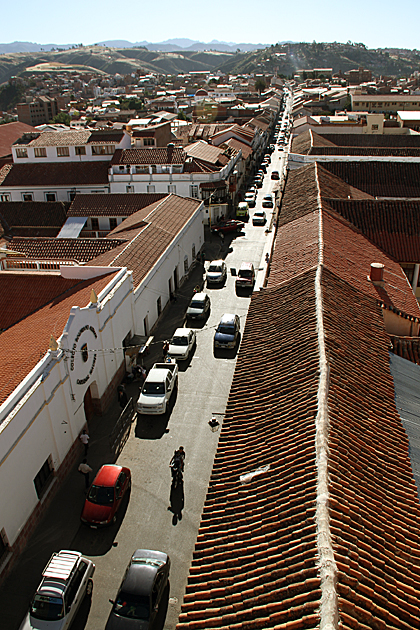
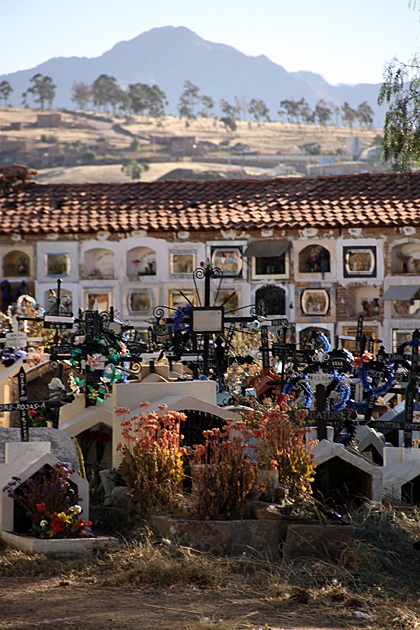

Hi, sorry but you’re wrong, Bolivia independence day is on may 25,1809 in Sucre, just for your knowledge:)
Actually, we’re not talking about a Fiesta OF Independencia, but a big party in a town CALLED Independencia, which is in the Cochabamba Dept 🙂
My mistake 🙂
Wow! Those costumes look absolutely amazing! Love the bright colors and different styles. These people definitely know how to throw an Independencia party! Thanks for all the great videos and pics!